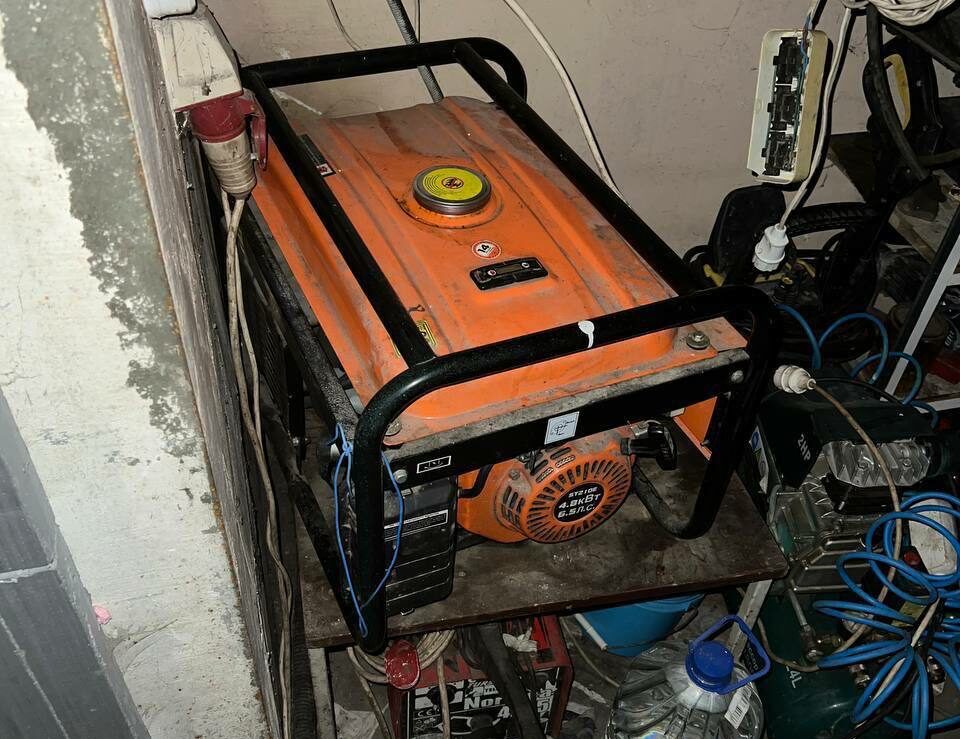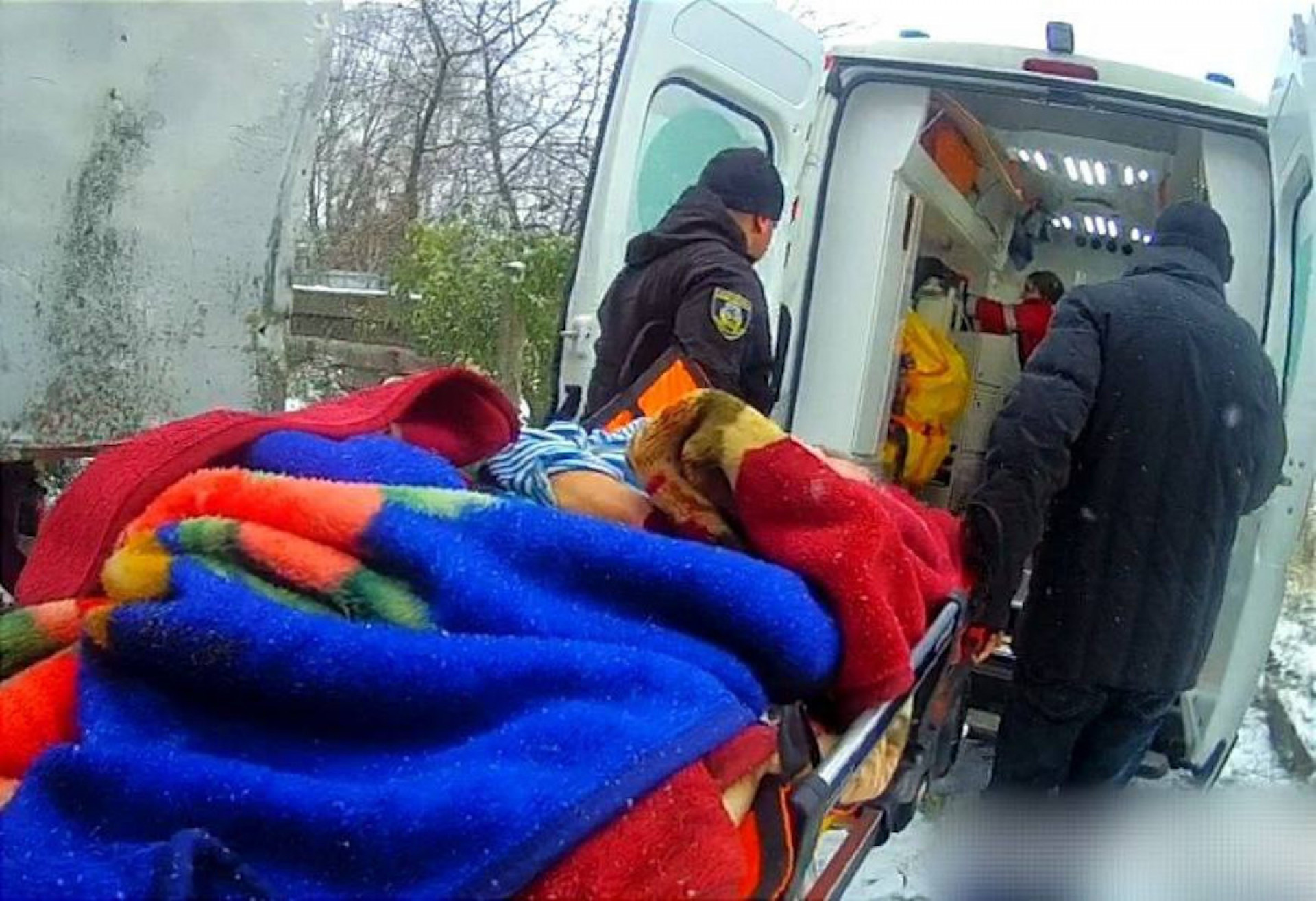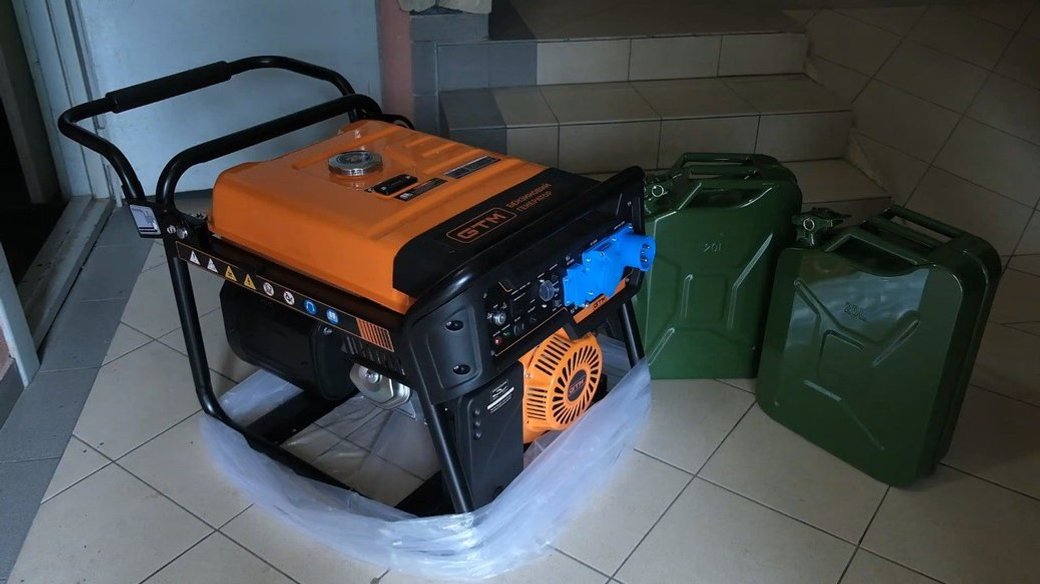
What is the problem?
Due to massive attacks by russian terrorists, emergency power outages have become a part of life for Ukrainians. More and more Ukrainians began to purchase generators to avoid being left without light and heat. However, life-saving devices have already caused several tragic incidents — each related to generator operation rules violations.
- In the Kyiv region, a couple who kept a generator indoors was poisoned by carbon monoxide. As a result of the poisoning, a man died, and his wife was hospitalized.
- Carbon monoxide killed a 77-year-old pensioner and his 14-year-old grandson in the Odesa region. The generator was not in the house but in the garage, which is also prohibited by safety regulations. When the lights went out in the house, the grandfather went to check if everything was okay in the garage. The pensioner did not return for a long time, so the teenager also went to the garage to find out what had happened. Seeing the grandfather lying on the floor, he called an ambulance. Neighbors of the deceased assume that the boy did not understand what happened and therefore remained to wait for help next to a relative. As a result, both died.
- A terrible case of poisoning happened in Hostomel, where a whole family was poisoned: a 72-year-old grandmother, a 4-year-old granddaughter, a 48-year-old father of the family, and his eldest 12-year-old daughter.
- Another incident with a generator was recorded in Vinnytsia — a generator caught fire in a high-rise building. This happened due to a violation of fire safety rules. As a result of the fire, a 30-year-old man received burns to his face and hands.
What is the solution?
Safety rules

Not everyone knows the rules of a generator's safe use, and this is the first thing you need to learn before buying such a unit.
The State Emergency Service once again reminded how to use generators correctly:
- The generator can only be used outdoors. During operation, the generator emits carbon monoxide, which is dangerous to life and should not enter the room at all.
- Install the generator so that the distance to the nearest surface (wall, window, etc.) is at least 6 meters. This is important because the generator gets very hot during operation, and objects nearby can catch fire.
- Keep the generator dry and protected from rain and flooding. Touching a wet generator or devices connected to it can result in electric shock;
- Refuel the generator outdoors and keep the fuel as far away as possible (due to fire risk). Allow the generator to cool before refueling. Fuel spilled on hot engine parts can ignite;
- Also, take care of carbon monoxide detectors, and be sure to buy a fire extinguisher and keep it nearby in plain sight in an easily accessible place.
The department emphasizes that compliance with the basic rules when using generators is a matter of safety and sometimes even human life.
And the greatest danger in using a generator is hidden in its exhaust gases — they contain poison that cannot be seen or felt. Family doctor Kateryna Martovytska told Rubryka how to recognize carbon monoxide poisoning and provide first aid to victims.
Не кожен знає правила безпечного користування генератором, а це перше, що потрібно вивчити перед покупкою подібного агрегату.
"Silent killer" — carbon monoxide

Dozens of cases of carbon monoxide poisoning are recorded in Ukraine every year. Now there may be much more of them. And not only because of the widespread use of generators – because of russia's armed aggression, thousands of city dwellers, unaccustomed to using boilers and stoves, moved to the villages.
Carbon monoxide is formed when combustion occurs in the absence of oxygen. If there is no access to sufficient fresh air in the room, the ventilation does not work well, and the chimneys are clogged, then carbon monoxide can collect there. In addition, windy weather can cause backdrafts in flues and ventilation ducts, preventing dangerous combustion products from being vented outside and accumulating indoors.
Carbon monoxide is released during the operation of gasoline and diesel generators, car engines, wood, gas, coal stoves, fireplaces, coal grills, gas water heaters, gas heaters, etc. You can get poisoned even from burning ordinary candles if you burn them for a long time in a small room with poor ventilation and no light.
Carbon monoxide is toxic; it has no color, smell, or taste. Accumulating indoors, carbon monoxide becomes deadly for humans. The gas mixes with hemoglobin in the circulatory system, so oxygen stops reaching the tissues. Hypoxia (severe lack of oxygen) due to acute carbon monoxide poisoning can lead to irreversible brain or heart damage and death. It is almost impossible to recognize carbon monoxide, but there are symptoms that a person must notice if carbon monoxide has started to collect in the room.
Symptoms of carbon monoxide poisoning:
- headache;
- nausea;
- rapid breathing;
- weakness, feeling of fatigue;
- dizziness;
- confusion of consciousness.
What to do if you suspect carbon monoxide poisoning?
Family doctor Kateryna Martovytska advises: if you feel the first symptoms of poisoning, you should turn off all devices that are a source of carbon monoxide. Be sure to open the windows and ventilate the room.
First aid for poisoning:
- Take or help the victim go outside or to a place with fresh air.
- Place the victim on the surface with a pillow under the head.
- Unbutton the collar and belt.
- Urgently call an ambulance at number 103.
How to protect yourself from carbon monoxide poisoning?
- Never use generators indoors!
- Do not operate generators and gasoline engines less than 6 meters from windows, doors, or ventilation.
- Do not leave appliances switched on unattended; regularly check equipment, ventilation, and chimneys.
- Hotplates and ovens are intended only for cooking or heating food. Do not turn on hotplates or an oven to heat the room.
- Do not install an electric hood and a gas column in the same room. In no case should you leave the column unattended.
- If the apartment has a stove, before the heating season, the draft in the chimneys should be carefully checked. In case of problems, it is necessary to contact the services dealing with cleaning chimneys and ventilation channels. Always open the damper, and do not burn the furnace if ventilation is not connected. Be sure to consult specialists about all the nuances if you have not previously dealt with furnace heating.
Important! Carbon monoxide is especially dangerous at night when a person falls asleep and cannot track changes in well-being. That is why detectors (devices for measuring the carbon monoxide concentration) must be installed where there is even the slightest possibility of the appearance of carbon monoxide, which will warn about the danger with a sharp sound.
More useful solutions!
How to choose a generator for a private house?

Determine necessary power. To understand what power you need, sum up the power of the electrical appliances you plan to turn on from the generator (you can find it in the individual appliances' characteristics).
The board of the Association of Energy Auditors of Ukraine chairman, Vadym Lytvyn, advises not to power the entire house from a generator but instead to decide on a list of critical electrical appliances:
"It can be lighting, a refrigerator, a circulation pump for heating the house, a pump for supplying water from a well. The generator's power reserve should be slightly higher than the nominal need so as not to operate it at full capacity and quickly exhaust its resource. The optimal operating mode of the generator — at the power from half to 75% of the maximum value," says Lytvyn. The higher the generator's power, the higher its price and fuel consumption.
Decide on the type of generator. What are the types?
- gasoline,
- diesel,
- and dual-fuel.
"Gasoline generators, as a rule, are the simplest and cheapest; there is less fuss in the process of its operation. Diesel generators are usually more powerful, heavier, and more expensive. Dual-fuel generators allow you to choose fuel depending on availability and price, but you need to purchase a gas cylinder for such a generator," Vadym Lytvyn explains.
Gasoline generators will cost you less, while diesel analogs of similar power will cost 30-50% more. Among the advantages of gasoline generators: they start easily in sub-zero temperatures, have less weight, and produce less noise. However, compared to diesel generators, they consume more fuel, require repairs more quickly, and cannot work around the clock.
What should residents of apartment buildings do?
According to Vadym Lytvyn, one generator can be installed in an apartment building for residents' use of one entrance. It is necessary to install such a generator only in the yard — in the open air and in compliance with safety regulations. Only critical devices should be powered by it: heating system pumps, telephones, laptops, etc.
In some Ukrainian cities, the authorities are ready to compensate co-owners of apartment buildings for the purchase of a generator.
Thus, in the capital, the Kyiv City Council adopted a separate city target program for condominiums, which allows compensation from the city budget for 75% of the cost of a generator for an apartment building. To receive partial compensation, it is necessary to fill out the appropriate application and submit a package of documents to the district state administrations in Kyiv.
At the meeting of the Sumy City Council on November 23, deputies supported the decision to compensate 50% of the cost of electric generators that apartment building residents will purchase. This was announced by the head of the city, Oleksandr Lysenko.
At the beginning of November, the Lviv City Council also adopted a program for compensating the cost of generators for owners of multi-apartment buildings. The amount of compensation is 50% of the price, but whatever the generator cost, the compensation will be at most UAH 30,000.
Similar programs have also worked in Boryspil (Kyiv region), Poltava, Kremenchuk, Rivne, Lutsk, Smila, Uman (Cherkasy region), Berehove (Transcarpathia).
This material was created by the online media outlet Rubryka within the framework of the "Ukrainian Rapid Response Fund" program, implemented by IREX, with the support of the US State Department. The content is the sole responsibility of the Rubryka online media outlet and does not necessarily reflect the views of IREX or the US State Department.








